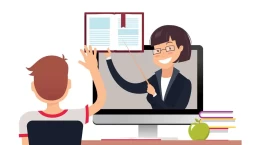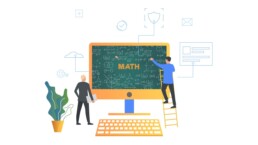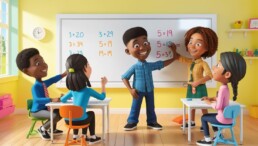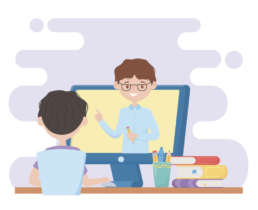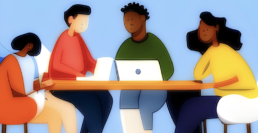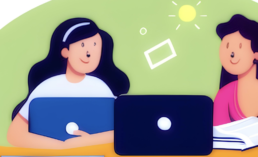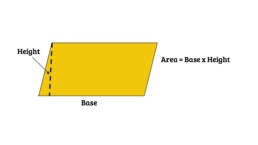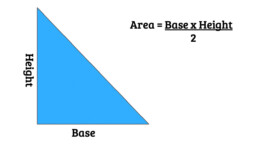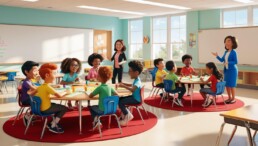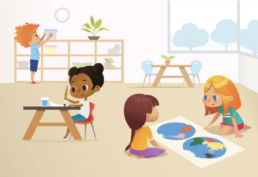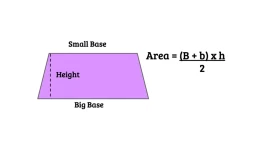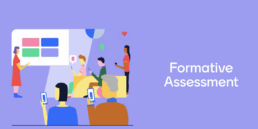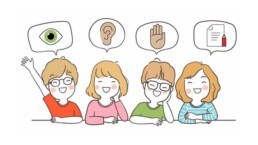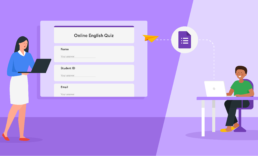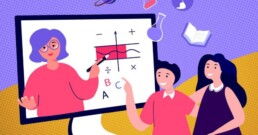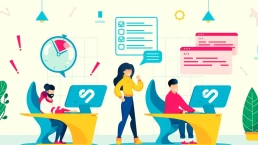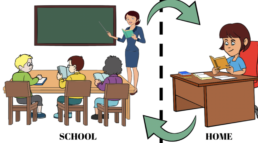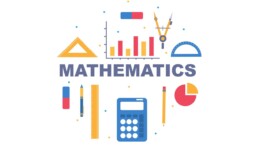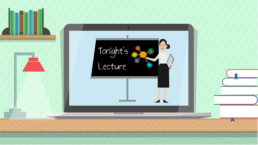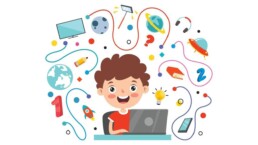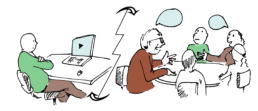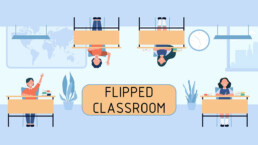The Role of the Teacher in a Flipped Classroom
I never teach my pupils, I only provide the conditions in which they can learn.
Albert Einstein
Introduction
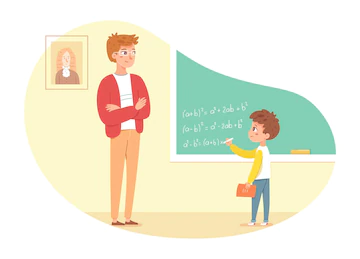
A flipped classroom is a type of classroom where students learn the content outside of class through videos or readings, and then come to class prepared to answer complex math questions.
In a traditional classroom setting, the teacher lectures for most of the class period, and students work on assignments independently. However, in a flipped classroom, the structure is inverted with considerable time spent working collaboratively. This allows the teacher to act more as a facilitator during class time, providing one-on-one help and answering questions as needed.
One of my favorite part of a flipped classroom is that it allows teachers to play a more active role in the classroom. Rather than being a lecturer, the teacher becomes more of a facilitator, leading discussions and working with students on projects.
Let’s explore how teachers can be effective facilitators during a flipped classroom.
How Can Teachers Be Effective Facilitators?
Here is a list of what I believe makes a great teacher during a flipped classroom.
- Encourage Collaborative Work
- Listen More, Talk Less
- Walk Around The Classroom
- Avoid Giving Students All The Answers
- Provide Feedback
Collaborative Work

In a flipped classroom, students work collaboratively to answer complex math questions during class time while the teacher is available to offer guidance and support. This type of arrangement can be beneficial for both teachers and students.
Firstly, it gives students more opportunities to practice working collaboratively, which is an important skill in today’s workplace.
Secondly, flipped learning reinforces the importance of learning how to discuss with peers and the importance of listening to peers.
And finally, flipped learning teaches students the importance of helping classmates who may be struggling.
Listen More, Talk Less
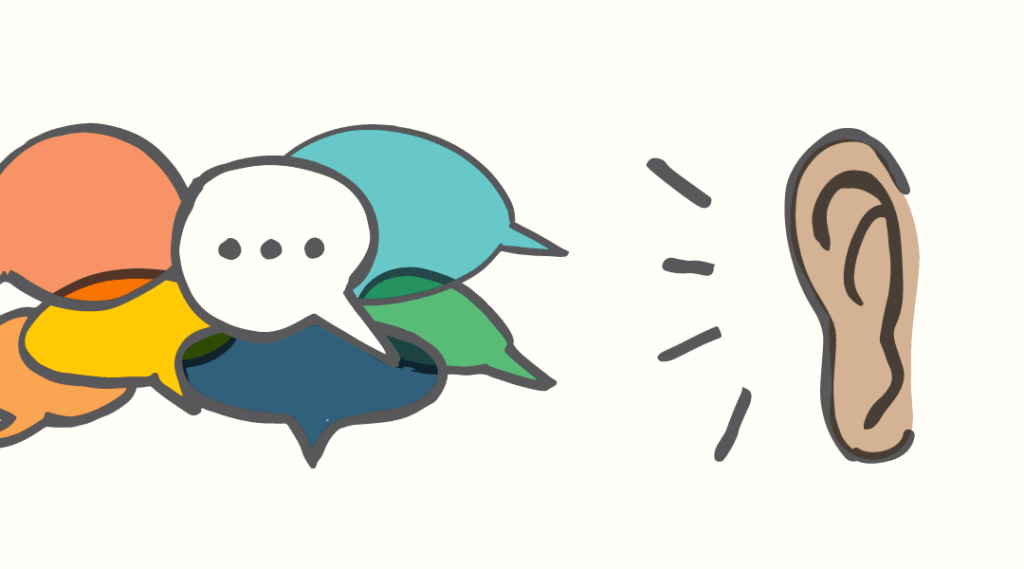
In a traditional education setting, teachers are often the center of attention, leading lectures and delivering information to students. However, in a flipped classroom, this dynamic is reversed. Instead of spending the majority of class time talking, teachers spend more time listening. This allows them to get a better sense of how well their students are understanding the material. It also encourages students to be more active participants in their own education, leading to deeper engagement with the material. As a result, flipped classrooms can be more effective than traditional education settings, and they offer numerous benefits for both teachers and students.
Walk Around the Classroom
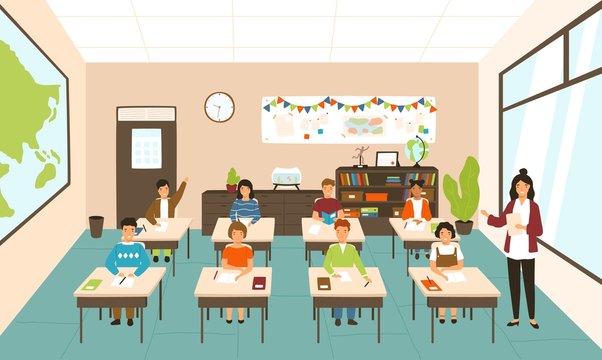
In a flipped classroom the teacher’s role is to create a learning environment where students can explore and apply new concepts. Instead of lecturing from the front of the room, the teacher circulates around the classroom, providing individualized support and guidance as needed.
Of course, this doesn’t mean that there isn’t any structure in a flipped classroom. On the contrary, it’s important to have clear learning goals and objectives for each class period. But how those goals are achieved is up to the students (with guidance from the facilitator, of course!).
Avoid Giving Students All The Answers
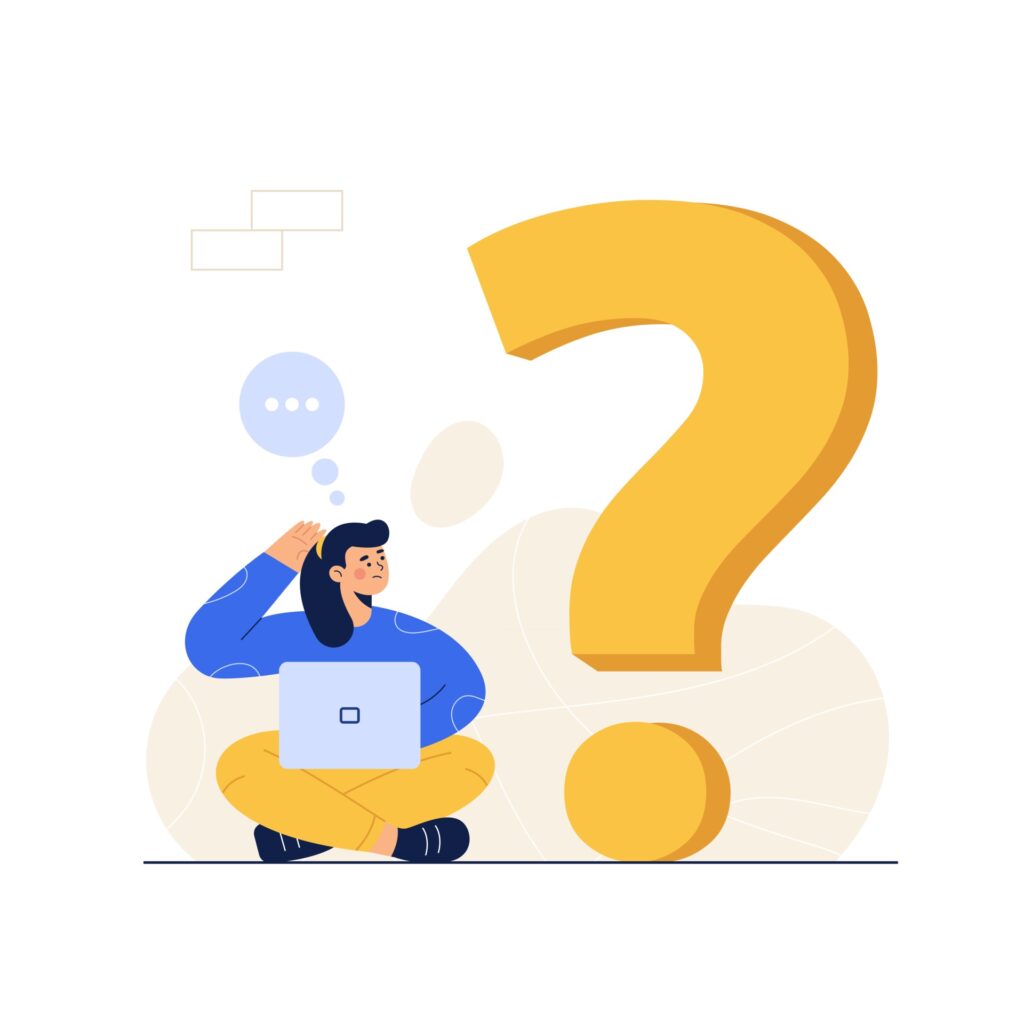
One of the most important things for teachers to remember when facilitating a discussion is that they are not there to provide all the answers. Instead, their job is to guide students towards finding the answers themselves. This means asking open-ended questions and encouraging students to share their ideas with the class. The teacher is no longer the main source of information, instead, they become more of a facilitator.
Feedback
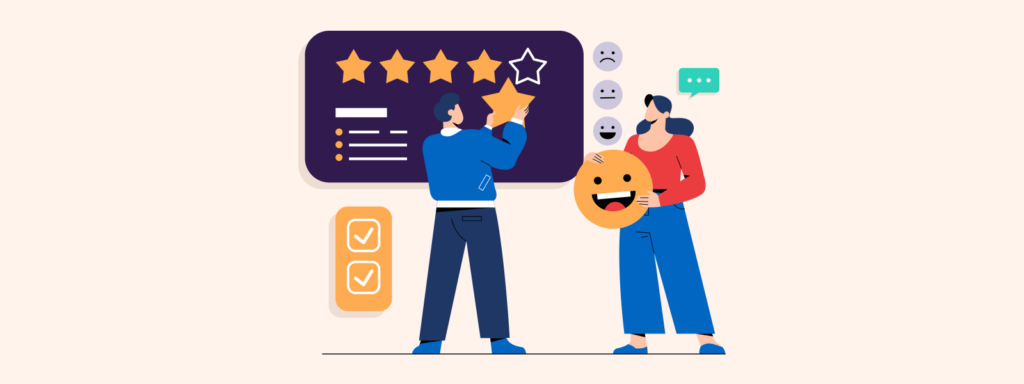
It’s important for teachers to provide feedback throughout the process, both positive and constructive. This will help students learn from their mistakes and continue to improve their work.
A flipped classroom allows teachers to provide immediate feedback and answer questions in real-time.
Conclusion
Flipped classrooms offer many advantages over traditional classrooms, but one of the most important is that they allow teachers to play a more active role in student learning. By facilitating discussions and working with small groups, teachers can help students learn more effectively and deeply understand the material. While it may be a change from what some teachers are used to, it’s an important change that can lead to improved outcomes for students.
